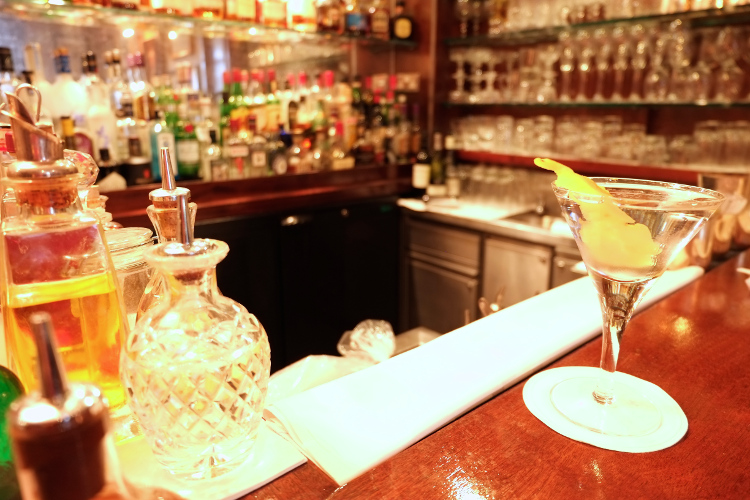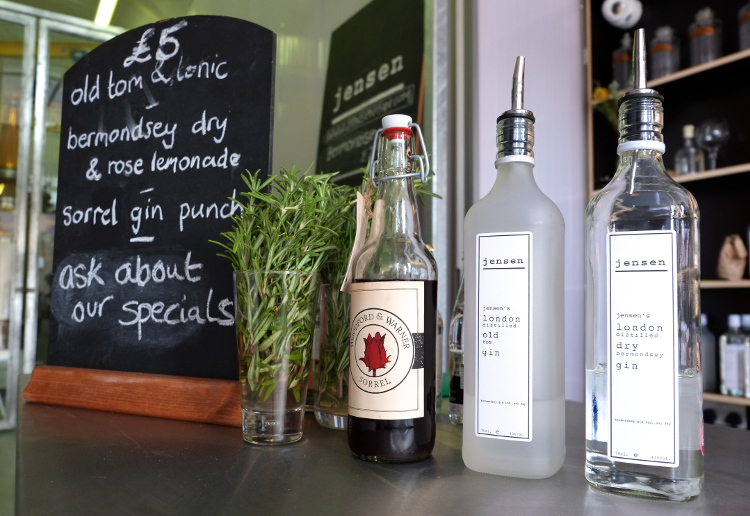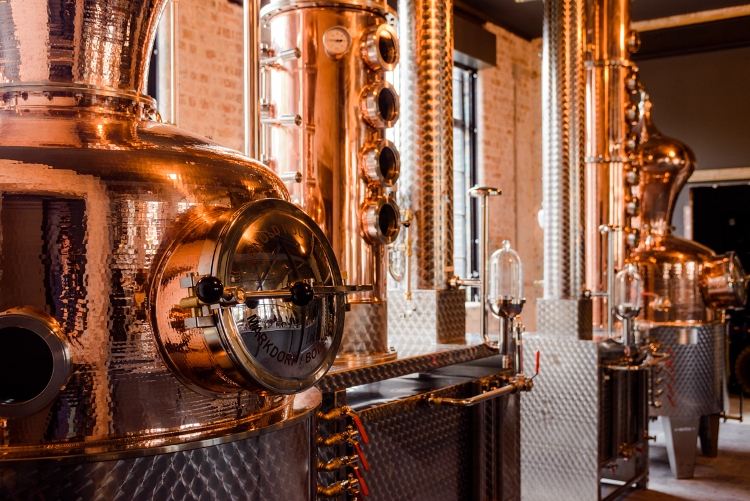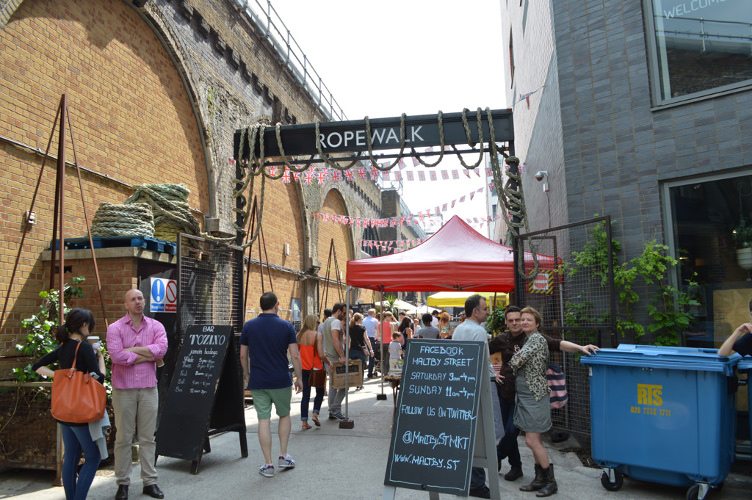
Brought to England by soldiers in the 17th century, gin started life as Dutch genever. When William III slashed the excise duties on spirits distilled from English malted grain, everyone could suddenly afford to get smashed. And they did. During the first decade of the ‘Gin Craze’ of 1720 to 1750, the death rate in the city overtook the birth rate as Londoners were gripped by addiction to a drink that acquired the nickname 'mother's ruin'. Eventually, after the passing of some controversial but ultimately effective gin acts, London’s lustful affair with the spirit began to wane.
By the 1820s, gin production had become a respectable and lucrative craft. The spirit’s new found glamour brought with it a new home – dingy old pubs became beautifully dolled-up gin palaces, some of which survive to this day. And it was in the 1850s when Britons in the colonies, concerned about contracting malaria, livened up their daily dose of quinine, sugar and water with a shot of gin. When the water was later switched for the carbonated variety, the gin and tonic was born.
By the early 20th century, gin cocktails were furiously being mixed all over town and London Dry became all the rage. But by the 1970s gin had fallen out of favour, with vodka becoming the drink of choice. Fast-forward to the 2000s and Londoners, inspired in part by the US's growing craft-distilling movement, started to revive this age-old English industry.
You’ll find a great introduction to gin in the capital at the Beefeater Distillery , the oldest gin distiller still producing in the city (since 1863). Its small but well-curated museum details the history of gin, and can be visited as part of a tour that also includes a talk on the production process and Beefeater’s illustrious history.

Most of the smaller distilleries that have sprung up across the capital offer the chance to peek inside and learn more about distillation and each company’s range of gins. Many of the tours are led by distillers themselves and provide an excellent opportunity to release your inner gin geek and ask all manner of technical questions. Make your first stop Sipsmith , which kicked off London’s distilling renaissance, producing small-batch, high-quality spirits faithful to traditional methods and recipes of yore, in a small pot still named Prudence.
Other distilleries that let you see behind the scenes include the London Distillery Company , which creates the beautifully bottled Dodd’s Gin, named after a 19th-century gentleman who tried and failed to open his own distillery in 1807. Each batch includes honey from hives around the capital. The recipe is continually tweaked to honour the differing flavours, and the bottles are marked with the honey’s postcode.

For a fascinating still-to-bar experience head to the City of London Distillery (COLD; cityoflondondistillery.com) or the East London Liquor Company (ELLC; eastlondonliquorcompany.com). At both, you can tour the facilities and hear about the gin’s manufacture, then sit back and taste the wares, expertly mixed into a contemporary cocktail or a classic G&T. Try the Smiley Girl at COLD or the Darjeeling Sour at ELLC.

Another top spot for a dram is Maltby Street Market. Here, among some of London’s best food stalls, you’ll find colourful Little Bird , serving its gin in jam-jarred cocktails and G&Ts right in the heart of bustling Ropewalk. At the end of the alley, Jensen , distilling under the railway arches, offers tastings and long drinks of their its London Dry, Old Tom and unusual fruit gins.
Mention martinis to a London distiller and one place always trips off the lips: Dukes . In a hidden backstreet in Mayfair, the expert team at this hotel bar will whip you up one of their exceptional Ian Fleming-inspired martinis – or just make one to your preference – from a trolley right at your table. For a bit more history, former gin palaces still retaining some of their original etched mirrors and handsome woodwork include the Viaduct Tavern , the Princess Louise and the Princess Victoria.
If you’re really hooked, hit the London Gin Club , where the highly knowledgeable team will advise you on their collection of more than 160 gins; check out their handy flavour spectrum or indulge in a comprehensive tasting menu. Also highly recommended is Merchant House , whose bar groans under the weight of a whopping 230 varieties.
For something a little different, opt for a Drunch (drunken lunch) on the canals of east London with Butler’s Gin or take a Gin Journey with the fun Shake, Rattle and Stir , who will whisk you round the streets of London, providing an expert education in all things gin-related. Still thirsty for more? The City of London Distillery and Portobello Road’s excellent Ginstitute both offer the chance to distil your very own gin.
Gin A spirit with the predominant flavour of juniper
Juniper Coniferous shrub producing berry-like fruits
Botanicals Ingredients added to or distilled with the spirit to create the flavour
London gin A style of gin (which can be made anywhere) that derives all of its flavours from the distillation process
Old Tom gin A sweeter gin, made to a popular 18th-century recipe
Tonic water Sweetened, carbonated water flavoured with quinine
Distillation Separating elements of a liquid by heating and cooling
Pot still Apparatus in which heat is applied directly to a large pot, producing a single batch distillation
Column still Works like a series of pot stills and allows for continuous distillation rather than single batches
Two-shot distillation Producing a spirit with a higher concentration of botanicals, diluting with alcohol to reach a desired flavour
One-shot distillation Reaching the desired concentrate of botanicals without the further addition of alcohol
Still thirsty? Check out this behind-the-scenes account of Sally's gin-soaked research trip.